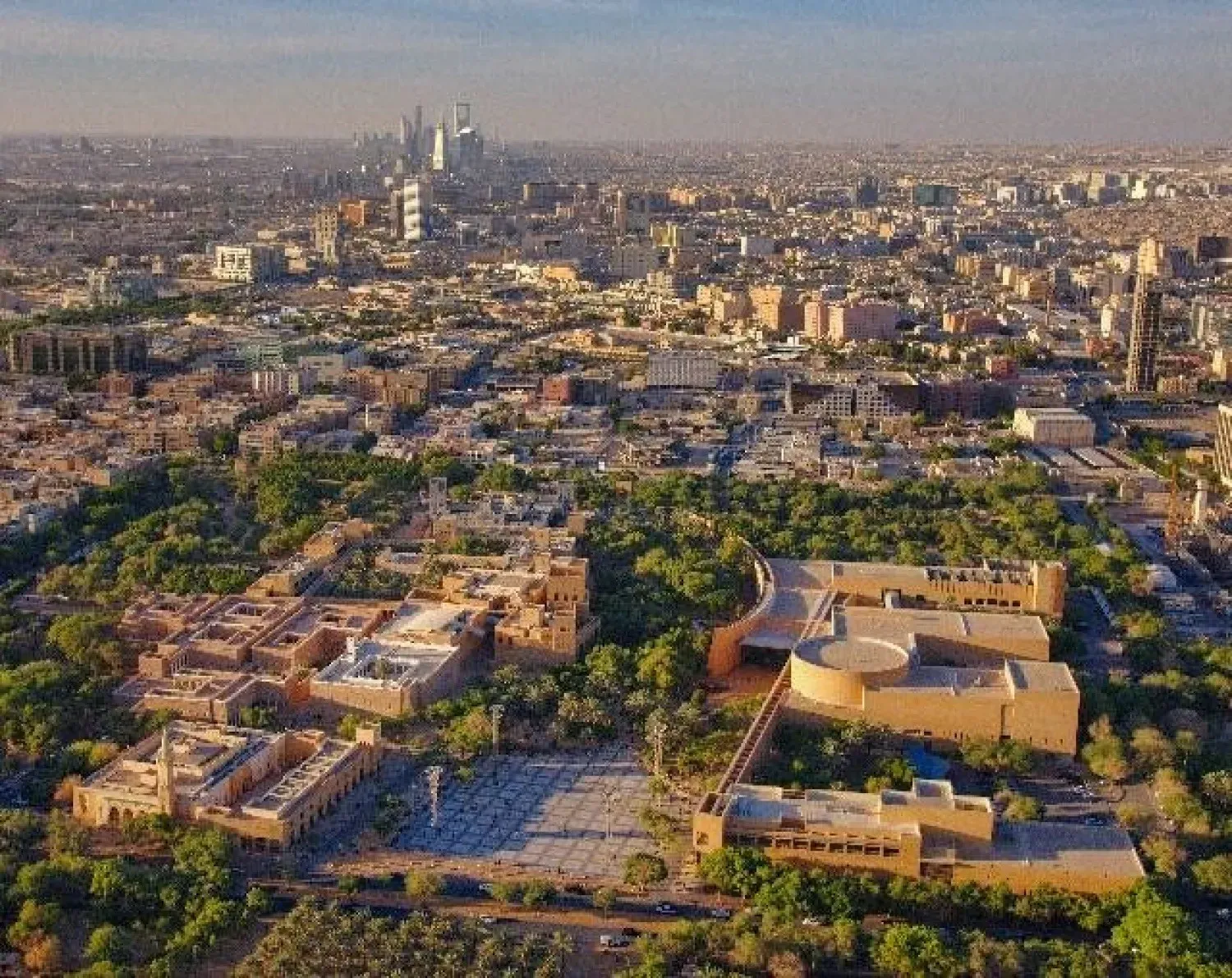Saudi Arabia’s Ministry of Industry and Mineral Resources has added over 200 products to the national mandatory list and localized the production of vaccines and biological drugs for around 214 priority treatments.
Additionally, more than 2,000 local factories are now linked to major projects like NEOM, ROSHN, and the Diriyah Gate Development Authority.
A recent report reviewed by Asharq Al-Awsat reveals that the industrial sector saw substantial growth last year, with over 1,300 new licenses issued, attracting more than 81 billion riyals ($21.6 billion) in investments.
Around 1,055 factories began operations with investments of over 45 billion riyals ($12 billion), highlighting significant investor interest and supportive government policies.
By the end of 2023, there were 11,500 factories, with 9,400 operational and 2,100 under construction. National factories received the largest share of investments, followed by foreign and joint ventures.
Total factory investments reached about 1.5 trillion riyals ($400 billion) in 2023, with operational factories accounting for 1.4 trillion riyals ($373.3 billion) and those under construction about 122 billion riyals ($32.5 billion).
The Ministry also helped 13 industrial companies list on the Saudi Stock Exchange (Tadawul) with a combined capital of 2 billion riyals ($533.3 million).
The government also launched a platform for those interested in the Kingdom’s industry landscape, providing data on over 75 investment opportunities, benefiting 100 investors.
Mining Sector
Saudi Arabia’s mining sector continued to grow last year, with over 200,300 active licenses, including 816 issued in 2023. Construction quarries held 64% of the licenses, followed by exploration, exploitation, reconnaissance, and surplus ores.
The Ministry offered five mining licenses for economically viable sites and allocated 15 sites for mining activities for four types of ores. The sector achieved record revenues of over 1.8 billion riyals ($480 million) last year.
Total investments in mining industries reached 443 billion riyals ($118.1 billion), with direct foreign investments in the industry amounting to about 210 billion riyals ($56 billion).









